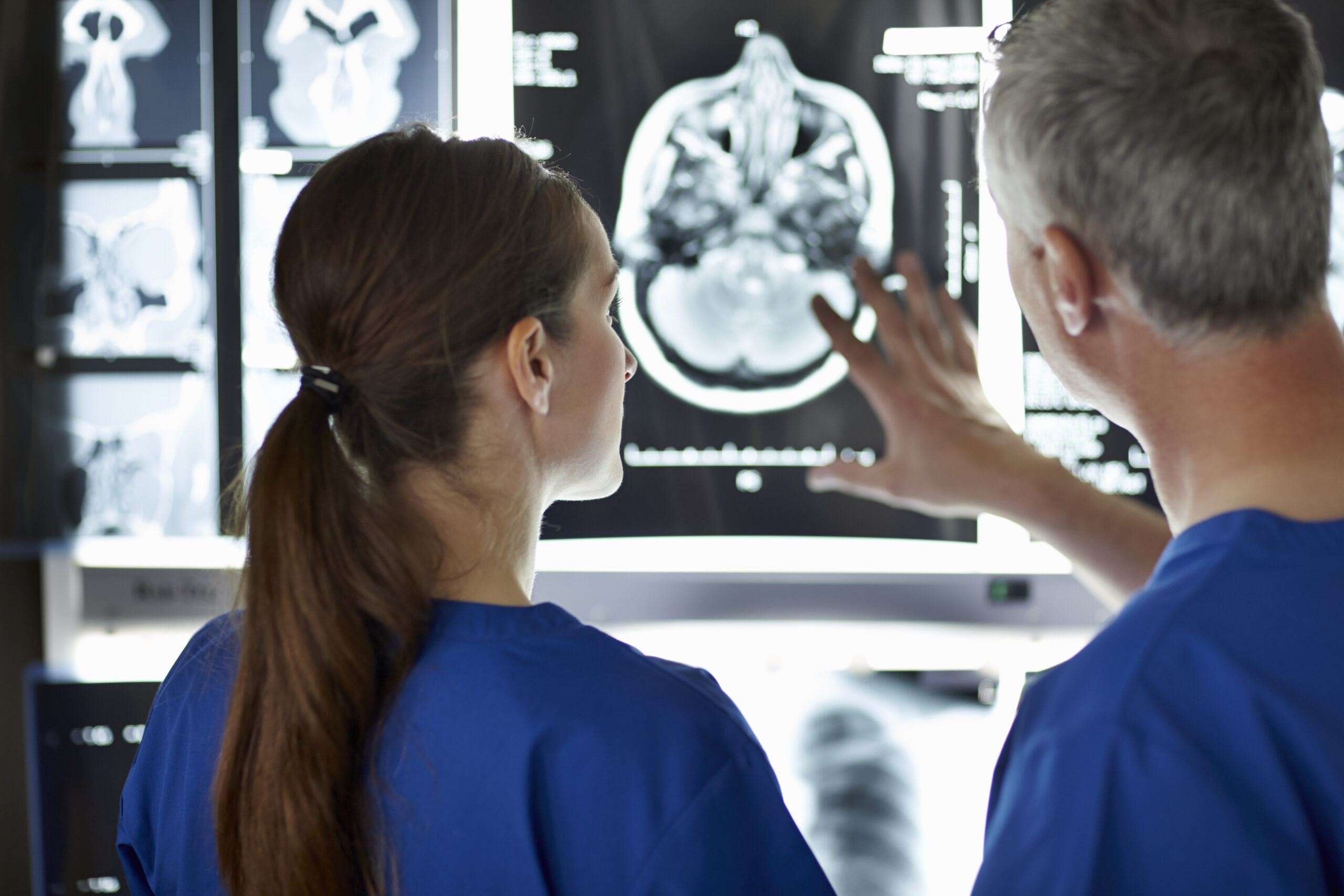
Support and Empowerment: Living with a Brain AVM and Finding Hope
An arteriovenous malformation (AVM) is a tangling of blood vessels that occur in the brain. If you have an AVM, it is very likely that you were born with this condition. Unfortunately, most people do not know they have an AVM until problems begin to happen. AVMs can bleed into the brain, which can be a serious and life-threatening emergency. Receiving an AVM diagnosis is frightening and for those who are affected there can be a significant impact on quality...
read more
NJBS Wins Awards
At New Jersey Brain and Spine, we are thrilled to announce that Castle Connolly has recognized us as the #1 Neurosurgery practice in New Jersey, and #5 Nationally for the second consecutive year. This recognition is a testament to our team's unwavering dedication and unparalleled expertise. This prestigious honor reflects not only the quality of care we provide but also our commitment to improving the lives of our patients through innovative treatments and compassionate service. What is the Castle Connolly...
read more
Road to Recovery: Surgical and Non-Surgical Approaches for Meningioma Treatment
What is a Meningioma? A meningioma is a tumor that arises from the meninges — the membranes that surround the brain and spinal cord. Although not technically a brain tumor, it is included in this category because it may compress or squeeze the adjacent brain, spinal cord, nerves and vessels. There are several types and grades of Meningioma. Meningiomas are the most common type of primary brain tumor, accounting for approximately 30 percent of all brain tumors. Most meningiomas grow...
read more
Unraveling the Enigma: Understanding Schwannoma and Its Impact on Nerves
A schwannoma is a type of tumor that develops from Schwann cells in a person’s peripheral nervous system or nerve roots. It is sometimes also called a neuroma. Schwann cells assist the conduction of nerve signals. They wrap around peripheral nerves and provide protection and support. The body’s peripheral nervous system includes nerves that travel from your spinal cord and brain to carry signals to and from the rest of your body. Schwannomas can often appear in nerves that enable sensations...
read more
Exercises and Stretches for Sciatica Relief
If you’re suffering from sciatica, there’s good news: Exercises and stretches are a viable route to sciatica relief. Sciatica is an extremely common condition, affecting about 40% of Americans at some point in their lives. Although sometimes sciatica improves on its own without significant intervention, it’s important for patients to know that there are ways to address challenging symptoms. What is Sciatica? Sciatica is pain from damage to or pressure on the sciatic nerve. The sciatic nerve is actually the...
read more
Laminectomy vs. Laminotomy: What’s the Difference
Laminotomy and laminectomy are types of surgeries to remove part or most of a spinal bone called the lamina. The lamina is the back part of each vertebra (spinal bone) and covers the spinal canal, the area around the spinal cord. Both procedures reduce pressure on the spinal cord or spinal nerves to relieve pain. What’s the Difference? The difference between these two different procedures is significant. A laminectomy refers to a surgical operation that totally removes the lamina. On...
read more
Exercises and Rehabilitation for Spine Disc Herniation Recovery
Spine disc herniation has a range of treatment and recovery plans, ranging from more conservative and small-scale options to more intensive treatment. In many cases, specific exercises and rehabilitation will make the recovery effort the smoothest. As you assess your level of discomfort, consulting with a doctor can help you decide the best next steps for a full and relatively fast recovery. Spinal Disc Herniation and Treatment A comprehensive spine center can help provide you with the resources you need...
read more
Spinal Fusion Procedure Relieves Back Pain
Back pain. These are two words that can send a shiver down your spine (no pun intended). Back pain is a ubiquitous problem that plagues people globally and may originate from an array of causes, including poor posture, heavy lifting, injury, or underlying health conditions like osteoporosis, scoliosis, and herniated discs. Data from 2019 reveals that approximately 39% of adults had experienced back pain within the past three months. With almost four in every ten adults dealing with such back...
read more
Treatment Options for Chiari Malformation: Surgery and Non-Surgical Approaches
Chiari malformations are a group of complex brain abnormalities that affect the area in lower posterior skull where the brain and spinal cord connect. The most common form is the Chiari Type 1 malformation, which we will focus on in this article.. What Causes a Chiari malformation? The exact cause of Chiari malformations are unknown. Sometimes the condition is present from birth, but the most common form (Type 1) is normally found in adulthood after symptoms develop. Doctors categorize Chiari...
read more